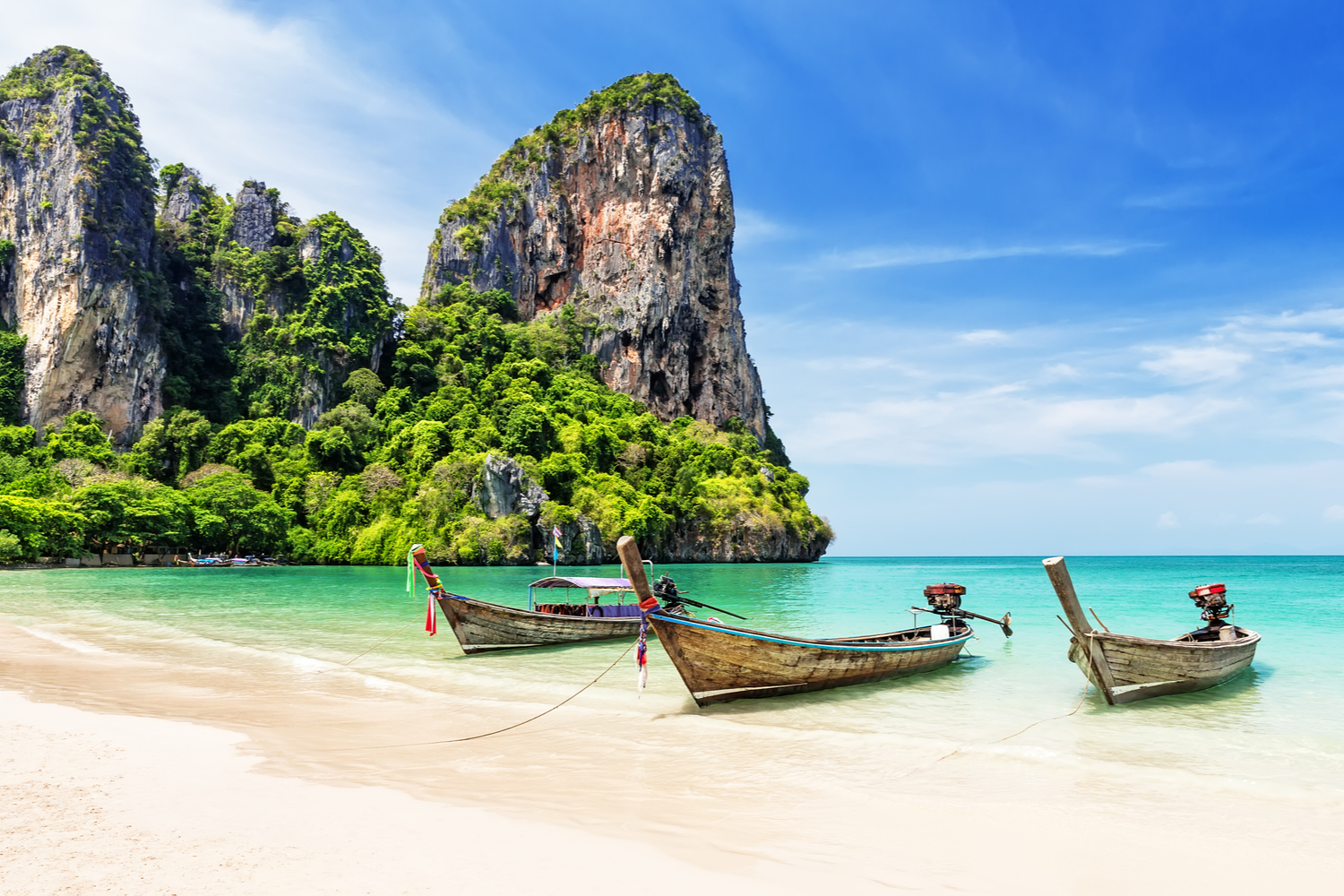Phuket’s tourism high-season hopes shattered in policy flip-flop

Thailand’s leading resort island Phuket has come face-to-face with the reality that its tourism high-season will not see a marked reopening to overseas travellers. In the wake of the dismantling of the ‘Phuket Model’ and refocus by the government on using Bangkok as a single international gateway, there is increasing alarm over the lack of a path forward for the island’s rice bowl-tourism.
The key tourism indicator for the island is airlift and Phuket International Airport is the gateway for 70-80% of visitors to the destination. According to Airports of Thailand (AOT) data, 121,530 passengers arrived in the month of September. This equates to just over 4,000 arrivals a day and a portion of these include local residents and business people. Comparing year-on-year data, 2019’s daily arrivals which included international travelers was five times higher.
Commenting on the toxic situation, hospitality consulting group Bill Barnett, managing director of C9 Hotelworks said: “There is a dramatic change in the market mix where the current domestic-led average length of stay for hotels is approximately 1.8 days, while for foreign travelers it’s more than double this amount. What this means for hotels is severely reduced overall demand across the island’s entire accommodation sector.”

Looking forward to the high season when the numbers spike upwards in the four months of December through March, the high season months last year equated to more than one-third of annual demand. Total domestic and international arrivals at the airport totalled just over nine million in 2019. Adding in high season shoulder months into the equation, the stark economic impact of Phuket’s economic seasonality is reflected in the fact that well over half of the island’s tourism arrivals are packed into a six-month period.
Now, nearly two months into that timeframe, what is apparent is it’s virtually impossible to save the high season and hotel owners in 2021 will be forced to contend with historically the lowest trading months of the year by May. Given these grim prospects, C9 is predicting large-scale job losses and business closures given there is no light at the end of the pandemic-induced tunnel.
“Taking a 360-degree view on the restricted domestic-only demand, you have to take into account that Phuket’s current registered accommodation supply has continued to surge to its present size of 90,267 rooms in 1,773 hotels/tourism establishments” added Barnett. “Of this supply upper midscale, upscale, and luxury properties of international standards are approximately 25% of the total rooms.”
In Phuket, many hotels pinned high-season hope on the now-aborted ‘Phuket Model’ to allow Special Tourist Visa’s (STV’s) aimed at long-staying visitors, which is logical given the island’s legacy winter ‘snowbird’ market from Northern Europe and Russia. Putting the Alternative Local State Quarantine programme at the head of the reopening tourism initiative, 17 Phuket hotels have been approved and 21 applications are under process. Properties who have undertaken both the expense and time in qualifying for the status have been shut-out, given the government’s about-face policy of centralizing all overseas arrivals into Bangkok.
What is unclear is the logic in policy flip-flop on negating the island’s essential tourism lifeline. Using smaller contained resort-focused islands would appear a logical risk mitigation strategy that was echoed in all of the hype over the ‘Phuket Model’ but after the dust has settled, it ultimately failed to launch.














Comments are closed.